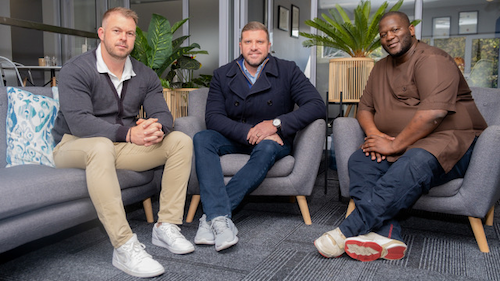According to RookDigital, social media is a powerful tool and there’s no doubt that it should be a pillar of any marketing strategy. But it shouldn’t be the foundation. There are so many ways in which brands can connect with their consumers, and many of these channels offer better ways of targeting consumers, engaging with them productively, measuring these engagements, and managing the outcomes.
When brands and advertisers look into how much time people spend on social media a day, they’re often amazed at the results. Globally, this figure sits at about two and a half hours; in South Africa, it’s just over three and a half. That’s a considerable amount of time, yes, but what these statistics ignore is the additional six and a half hours people spend on the internet every day, engaging with other forms of digital media.
The same goes for the number of social media users, which is increasing in South Africa by approximately 2 million people a year. This incremental growth, however, reflects a growing number of digital users generally. More people aren’t just using social media, they’re also becoming online gamers, podcast listeners, and streaming subscribers. Digital access is improving across the board.
Ultimately, it’s about diversification. Every channel has a saturation point, the moment where critical mass is reached and it’s simply no longer worth putting yourself out there. Just as you wouldn’t focus your marketing attention exclusively on one TV channel, so you shouldn’t focus it on one platform. Social media on its own isn’t enough. When it comes to advertising, diversifying your approach is key.
Capitalising On The Attention Economy
Spreading your content across multiple channels, of course, helps you to capitalise on the attention economy. Consumers are confronted on a daily basis with a seemingly endless amount of information vying for their attention, like email, the news, billboards, social media, TV (but their attention is limited). There’s only so much information that any of us can process on any given day.
Social media is one of the noisiest places in terms of advertising, with the average user encountering more than 10,000 ads every day. Even if your content is smart and targeted, it could simply be scrolled past and ignored amid the deluge.
Brands that are sensitive to the people’s attention, and who are strategic in their approach to marketing, are likely to cut through the clutter. If you know who you’re speaking to, and you speak to them through the right channel and at the right time, you have a much greater chance of them pausing to say, ‘Now wait, that’s interesting’.
When consumers engage with other platforms (their favourite fitness app for example, or the podcasts they follow), their attention is more focused, more deliberate. Their state of mind is easier to predict, too.
Part of this involves having access to the right data. The new oil, as it’s called. Are your consumers students? Are they parents? Do they live in a particular area? Do they have certain interests or hobbies? With accurate audience information and clear insight into their behaviour, it’s possible to tap into the platforms that they’re using beyond social media and demonstrate your relevance. And it’s possible to follow them on their life journey and purchasing journey, too.
Considering Your Consumers’ State Of Mind
When consumers open up their favourite gaming app, listen to music they like, and even to some extent when they watch TV, you’re in a position to predict their frame of mind. They’re engaging with specific content for a specific purpose, and you’re likely to know what your adverts are going to feature alongside.
User-generated content, like social media, however, can pose content adjacency problems. Content adjacency refers to how your adverts appear in relation to other forms of content, and when it comes to social media there’s no way of predicting it. This could mean that your advert appears after an article a friend has shared that makes your consumer feel depressed or disillusioned. Or it could come after a post that makes them angry.
You need to be conscious of your consumers’ mental and emotional state when you talk to them. What they’re thinking about and how they’re feeling not only affects their buying behaviour, but their associations with and perceptions of your brand, too.
Once again, this doesn’t mean that social media should be underestimated or ignored. It’s a hugely popular channel for a reason. But if you want to be proactive in how your content is consumed, there needs to be a balance between the forms of digital media you use. Diversify, be targeted, be efficient, and watch as your brand stands out from the rest.
ROOKDIGITAL
https://rookdigital.co.za










